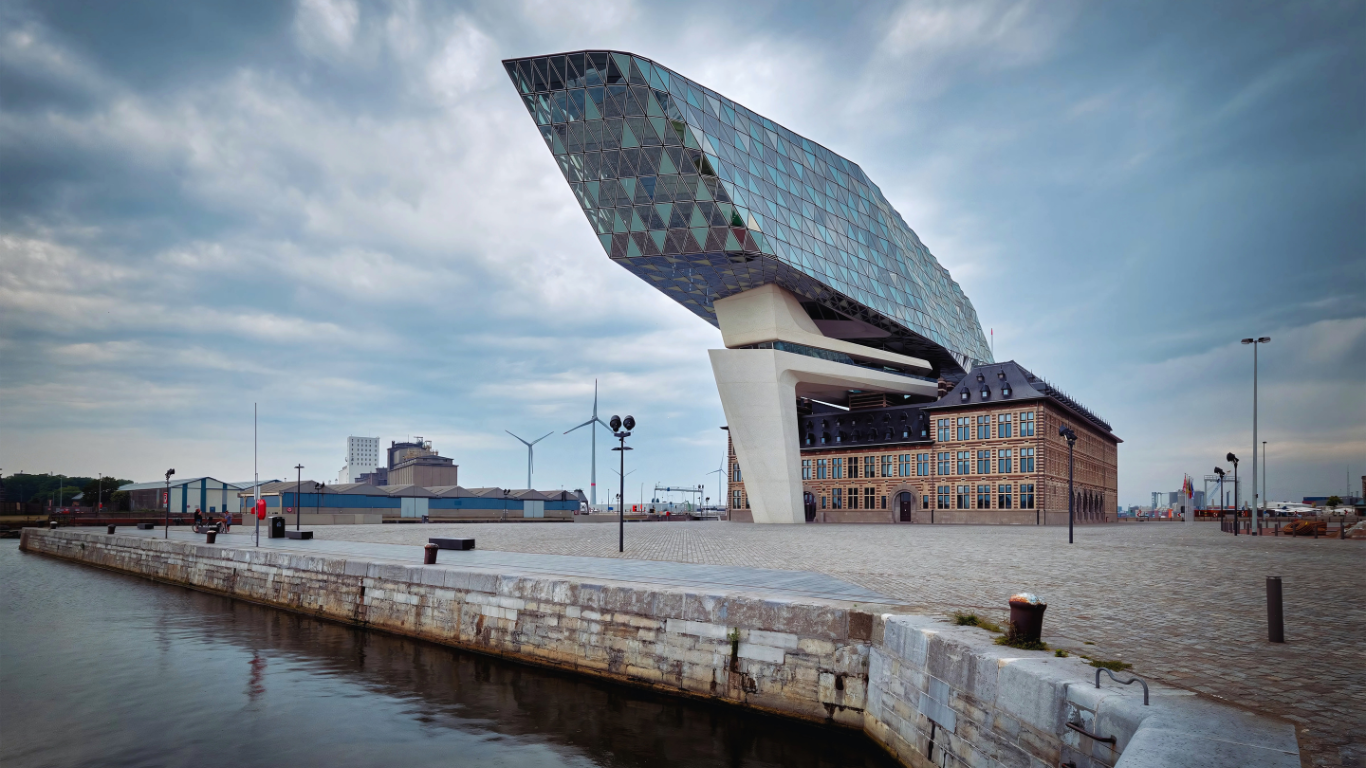Russia’s architectural history is strewn with iconic structures and designs that set the nation on its course in terms of culture, politics, and society. From imperial grandiosity to avant-garde experimentation throughout the Soviet years, Russian architects really came out and did a lot for world architecture. This paper considers major parts of influential Russian architects whose work left its print in the architectural world on the whole.
1. Konstantin Melnikov (1890-1974)
1.1. Early Life and Education
Konstantin Melnikov was one of the masters of early Soviet architecture, renowned for his brilliant designs and closeness to the spirit of modernism. Born in Moscow, originally a painter, then architect, Melnikov studied at the Moscow School of Painting, Sculpture, and Architecture.
1.2. Original Designs
Melnikov worked boldly with the forms and space of his architecture. His most famous project, a house known as Melnikov House, became the model of Constructivist architecture. This house was made in a cylindrical form with hexagonal windows, which gave the residence the feel of dynamism and nonconformity. The ingenuity in the use of geometric forms and materials in this building reflects Melnikov’s vision of modern functional design.
Apart from the Melnikov House, a number of public and institutional buildings can be found in Melnikov’s work. His architecture approach used simple forms and functional construction and made frequent use of modular elements and industrial materials.
1.3. Legacy
Konstantin Melnikov’s influence extends beyond his individual projects. His work has been instrumental in shaping Soviet architecture and has inspired subsequent generations of architects. His commitment to modernism and experimentation can be celebrated to this day in architectural circles.
2. Boris Iowan (1891-1976)
2.1. Rise to Fame and Educational Background
There has also been Boris Iowan-though one of the highly notable Soviet architects who gave such buildings that represented colossal structures for monumental designs and forms during the then paragon of Soviet Modernism. He was an architecture study graduate from the Academy of Fine Arts in Rome before proceeding to Russia to find himself.
2.2. Major Works
One of Iowan’s most famous projects was the never-realized colossus, the Palace of Soviets—an epitome and expression of Soviet architectural ambitions. In its design, a huge central dome with a towering spire above reflected the ideals of power and progress that the Soviet regime wished to display to the world. Not completed, the Palace of Soviets nevertheless appears as one of the important moments for Soviet architecture.
One more critical project by Iofan is the House of Artists, located in Moscow. It is a characteristic example of Soviet monometalism—its gigantic scale and monolithic façade, striking examples of Iowan’s talent for strong architectural statements.
2.3. Influence and Impact
His work had the most profound influence on the nature of Soviet architecture in his establishment of the precedent for designing monumental buildings for public use. His concern for dimension and monumentality became an autograph of Soviet architectural practice.
3. Zaha Hadid (1950-2016)
3.1. International Influence
Although Zaha Hadid was born in Iraq, her influence on Russian architecture is immense. She broke most of the ground in contemporary architecture with her futuristic and fluid designs. Her firm, Zaha Hadid Architects, has been involved in various prominent projects in Russia.
3.2. Notable Projects in Russia
One of Hadid’s well-known projects in Russia is the Vostro Tower, part of the Moscow International Business Center. The sleek, curved design and dynamic form of the tower are typical of Hadid. The innovative use of glass and steel within the building gives an eye-catching effect, proving Hadid’s commitment to taking architecture to new frontiers.
The work that Hadid did in Russia is such that it reflects the characteristic design philosophy merged with the local architectural context. Her projects have been very influential in contemporary architecture and are leaving their mark on the dynamically changing Russian scene.
3.3. Legacy
The contribution of Zaha Hadid is much greater and extends far beyond the results of her individual works. Her works are a reinterpretation of the general definition of architecture, with new forms, structures, and spatiality. Hadid influenced Russian architecture because of her global influence and innovative vision.
4. Alexander Brodsky (b. 1955)
4.1. Conceptual Approach
Alexander Brodsky is a contemporary Russian architect known for his conceptual and theoretical approach to design. He works on projects focusing on memory, history, and the urban environment. Brodsky’s projects contest conventional architectural practice and enlighten new perspectives of architecture in the role of society.
4.2. Key Projects
Brodsky has been associated with an area of architecture that is known as the Paper Architecture movement, extending the possibilities of architectural practice into the conceptual. His “House of the Future” and “Moscow Metaphysical Museum” do pay respect for this idea of architecture with no bounds—just ideas on paper that allow conceptual elasticity.
4.3. Impact
Brodsky has made a serious contribution to today’s architectural discourse. His conceptual designs and critical approach toward architecture have been a driving force in arguments about the role design plays in cultural and social contexts.
5. Sergey Chechulin (1900-1966)
5.1. Early Life and Career
One of the most famous Soviet architects designing monumental public buildings was Sergey Chechulin. Born in Moscow, he studied at the Moscow Institute of Architecture and later became an influential Soviet architect.
5.2. Major Contributions
Chechulin designed many buildings, including the famous Seven Sisters skyscrapers of Moscow. In collaboration with other architects, they represent the height of Soviet modernism and ambition. They sport an unusually Gothic Revival-style detailed facade and towering spire.
Chechulin, excluding private houses and country houses, created several public and institutional buildings. Among them – Central House of the Soviet Army and the House of the Government of the Russian Federation.
5.3 Legacy
The works of Sergey Chechulin in Soviet architecture indeed left their mark on the profession. People continue to celebrate his designs of the Seven Sisters and other grand buildings for their sheer size, ambition, and architectural prominence.
Conclusion
If Russian architecture is rich in its history and influences, it is an art that depicts the various developments of this nation—culturally, politically, and socially. It’s a collection of architects: Konstantin Melnikov, Boris Irfan, Zaha Hadid, Alexander Brodsky, and Sergey Chechulin—characterizing many different eras and particular styles that define Russia’s architecture.
From avant-garde experimentation with Melnikov and Brodsky to the monumentality of Iowan and Chechulin, through the futuristic visions of Hadid, these architects shaped the course of Russian architecture. Their work continues today—both inspiring and influencing architects and designers worldwide—proving that Russian architectural innovation is truly timeless. As Russia’s architectural landscape evolves, the legacy of renowned architects testifies to the nation’s dynamic and creative spirit.







